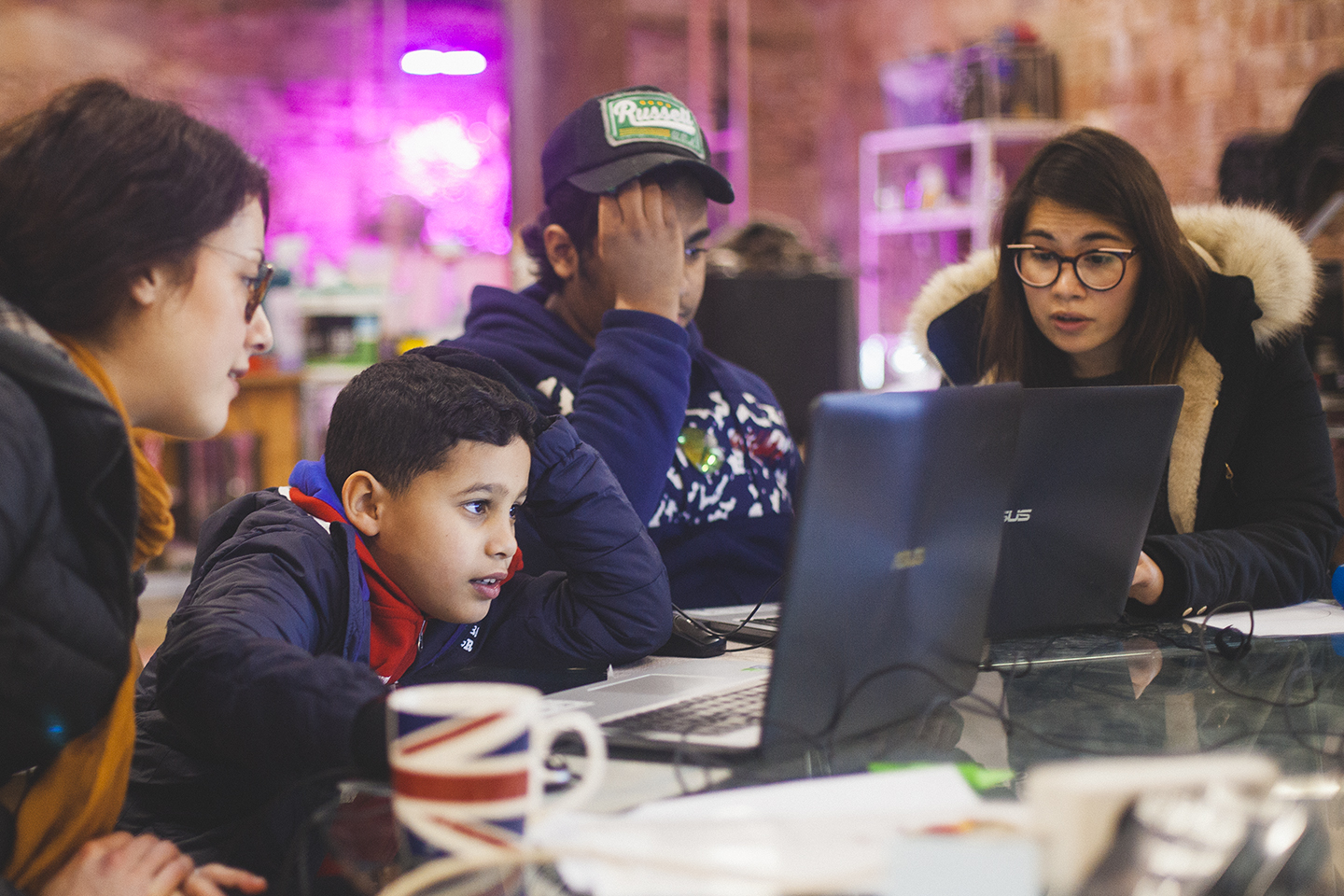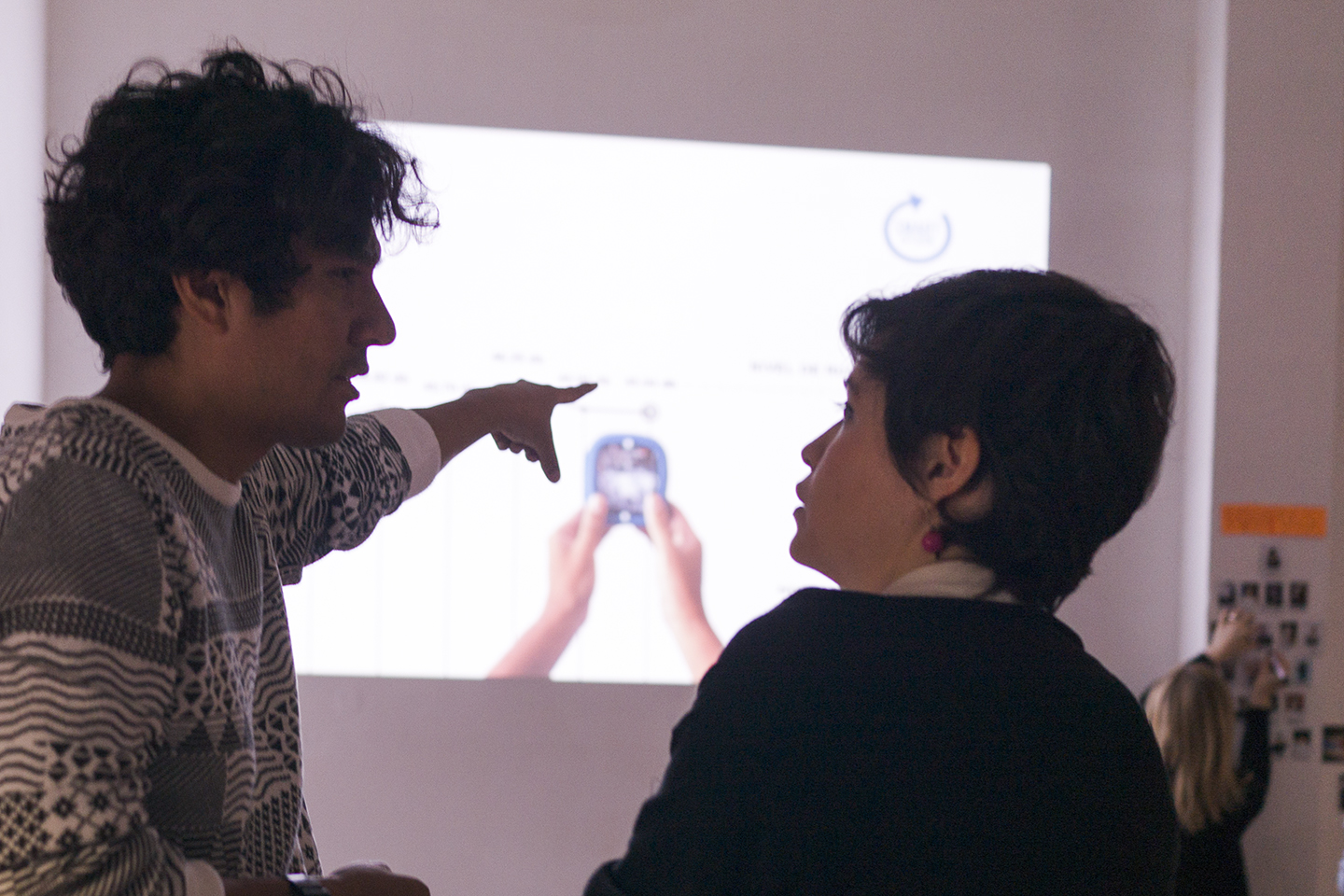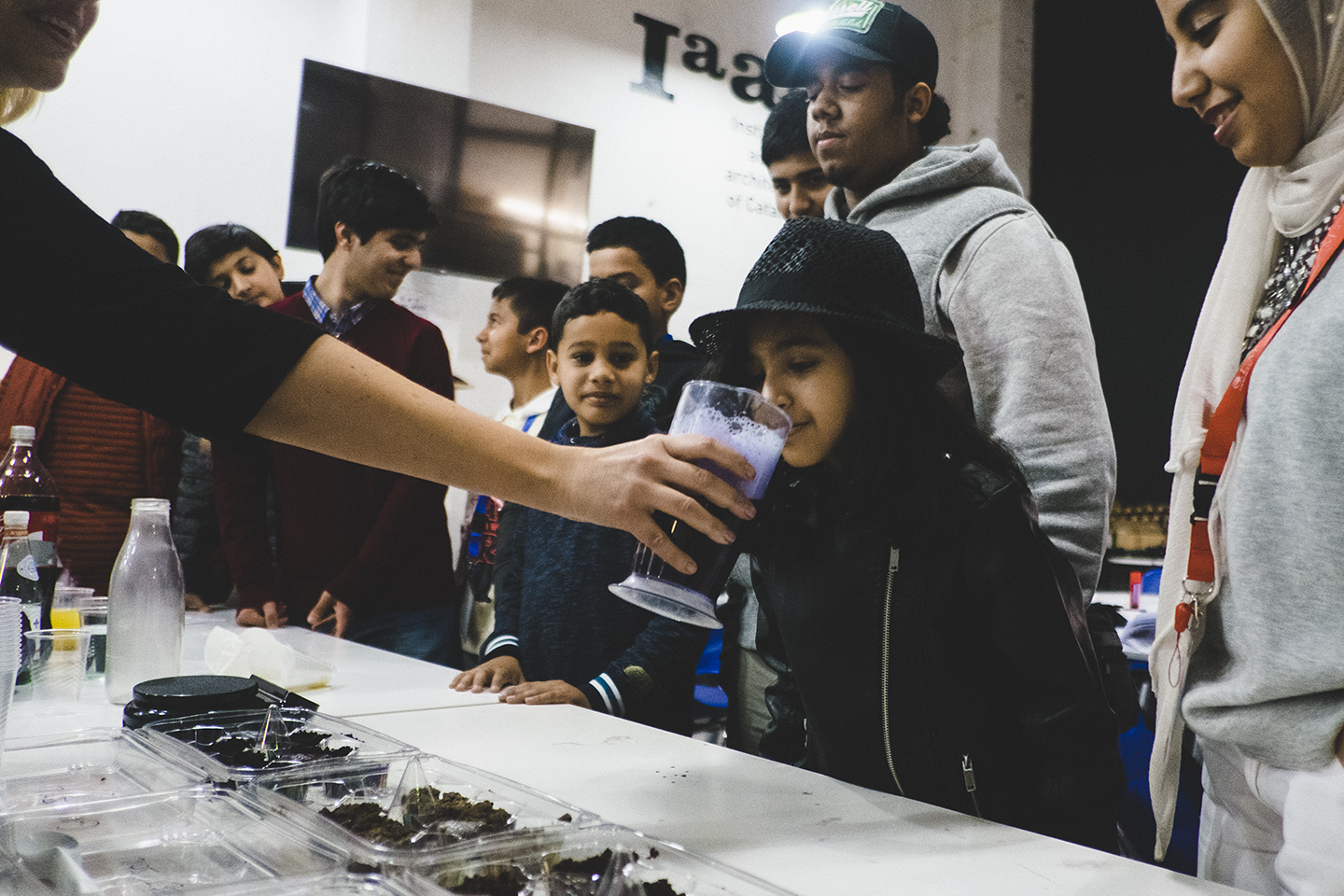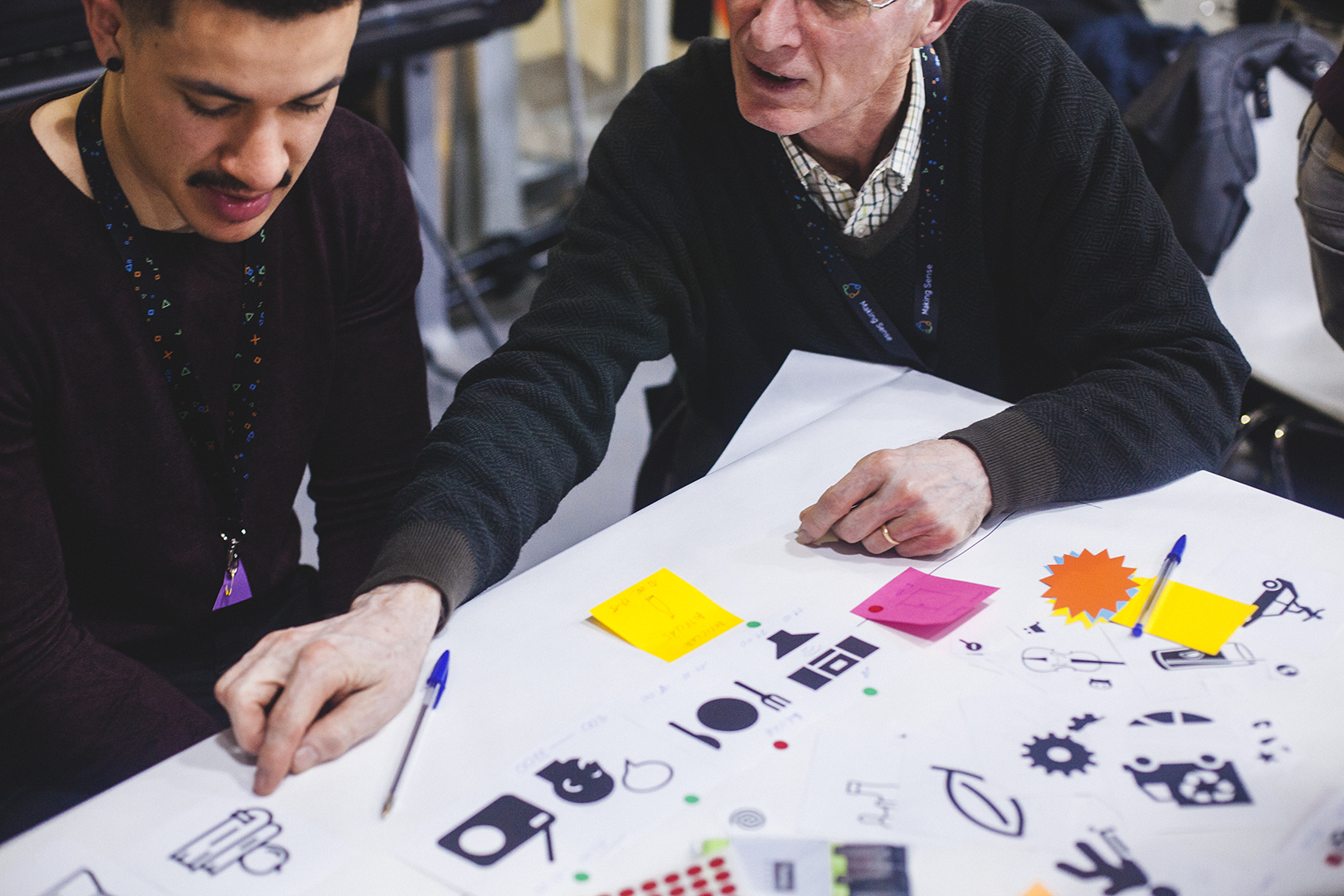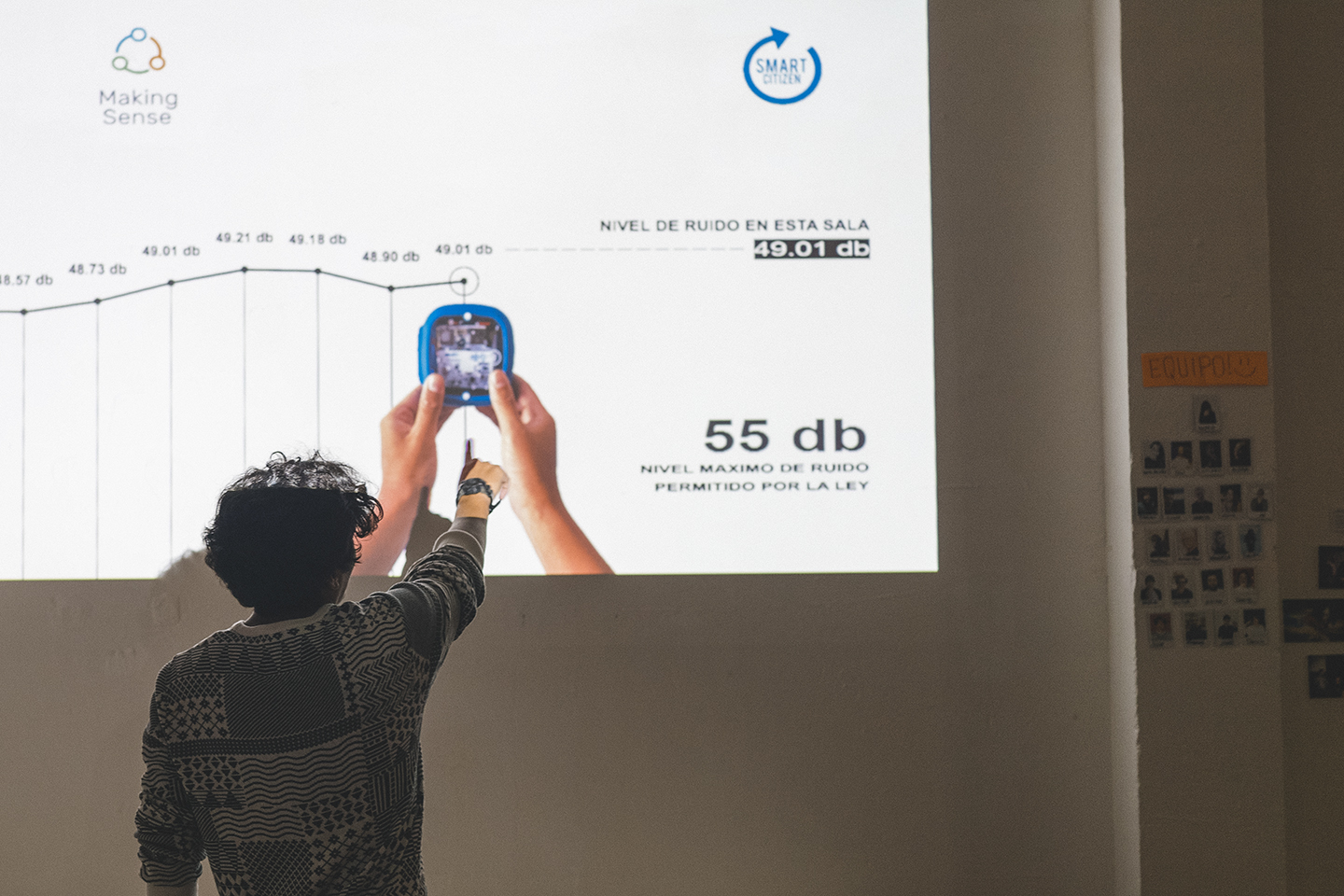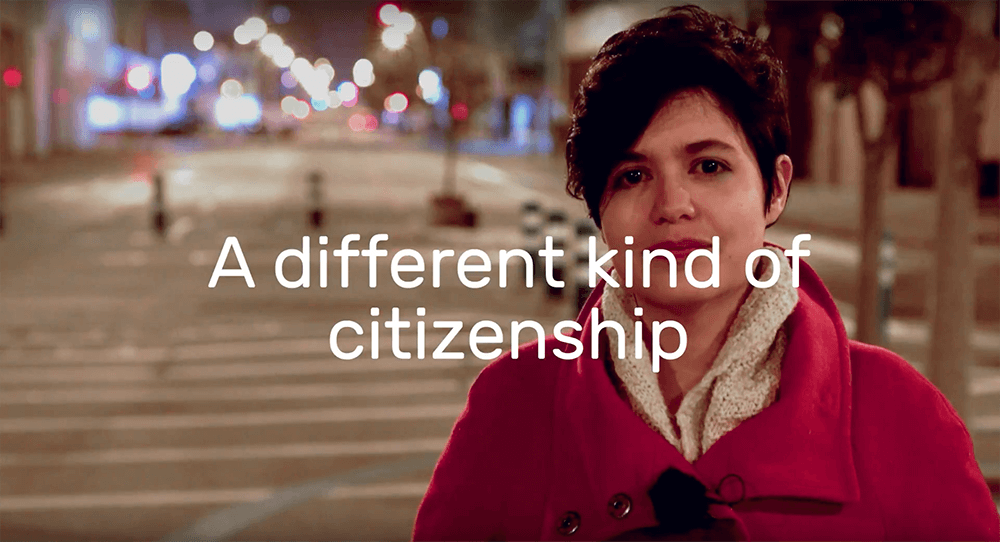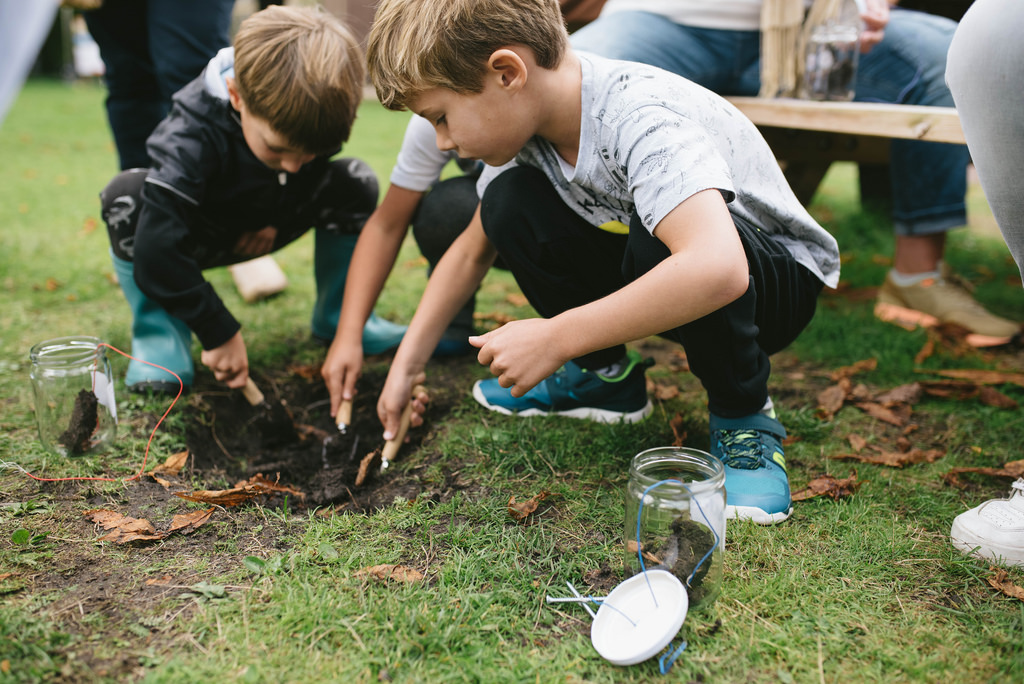Towards a Minimum Viable Open Manifesto #2
04 April 2017
Participatory lessons learned from and for Making Sense, towards an Minimum Viable Open Manifesto
At the end of Making Sense we aim to build a Minimum Viable Open Manifesto to provide other projects and their communities with our own insights to better devise citizen engagement strategies and sustainable action plans. The process is currently open and ongoing and we accept all contributions from all possible sources to keep on amassing new lessons.
These are some lessons on the participatory and community building side of Making Sense, mainly harvested and developed from the activities and debates that took place in the past year.
A big thanks to Liz Sanders and Mercé Grael for helping us jumpstart it. More to follow!
A MINIMUM VIABLE OPEN MANIFESTO
Part 2

Envision tools and processes that can be directly appropriated and hacked.
Start by involving citizens and their communities in all possible processes from your first actions onward. Bringing them in at later stages may be a good choice in some cases, but if you can, you should open all your activities at the beginning and insist on keeping them open until the end. Promote things that everyone can use, hack and reinvent directly, and remember to mention that you trust them with this type of processes. Reflect on the fact that sometimes technical efficiency and quality are not the most adequate criteria to allow for inclusion and appropriation. If done right, this usually leads to non experts acquiring new skills that in turn will strengthen their autonomy and allow new ventures. In the end you should always make it simple for citizens and their communities to continue without your support.
Be aware of how the lack of technical skills can hamper the impact of your tools.
Average to high levels of technical proficiency are still needed and even expected from citizens and communities to operate and maintain most of the technical tools we develop. But if they are expected to get such tools successfully running we need to grant them access to material, technical and methodological resources and assistance they can easily access online or offline while working on their own or within their communities. Providing such advice in the form of online video or interactive tutorials is often more useful than creating technical reports and guidelines. Offering starter kits as onboarding tools with step-by-step instructions of a first batch of projects with a growing level of difficulty might also be a good option to stimulate skills.
Always consider knowledge, cultural, economic or contextual asymmetries.
Do not assume that most citizens can or will engage in equal terms in the technical or social activities you want them to be part of. We often need to start by arguing about who is or should be part of the community we’re aiming to engage or build. And we need to discuss simple things beforehand, such as if our onboarding messages should be mainly technical, issue-based, or both for instance. Take into account possibly existing asymmetric resource distributions that may hinder participation. If disregarded they can jeopardize good work or social bonds inside the project. Also, never ignore that local and contextual circumstances in which you establish your activities might matter in ways that you do not plan for, and can turn into serious material or symbolic constraints to participatory sensing.
Account for, plan and promote multiple forms of diversity and inclusion.
Start by considering and reflecting about gender, education, ethnicity, family composition, income or geographical origin of the citizens and communities you want to engage. These will impact the capabilities or intentions some of your community members have and above all the type of collective you’re aiming for. Sometimes you might need to adapt or restrict original plans if this becomes the only way to avoid building unidimensional groups of citizens, which might turn your project into a flat venture at the social level. Consider meet-up places where your target citizens or communities are familiar with as they already get together there, and lower potential barriers for social interaction such as meeting hours or associated fees, which may exclude people with low income, childcare responsibilities, special working schedules, etc.
Explore all possible social spaces and media channels for community engagement.
Online forms of communication and engagement are efficient and can easily expand our outreach activities. We should always try to report what we do through specific or general online platforms. And citizens can easily share our activities and their engagement through individual social media accounts using dedicated hashtags for example. But people often like to be with other people and exchange experiences and ways of thinking and doing. Face-to-face meetings can show us how strong and active our communities of interest and practice can be. Possible activities to explore can be simple meet-ups, committees of participating citizens that serve as decision-making teams, bootcamps with social and technical trainings, or even targeted guerrilla street interventions.
Consider mixing physical and digital worlds to maximize your interactions and outputs.
We should never neglect the power of blending online with offline interactions and all the good unplanned things that may emerge. This kind of mix needs to be a constant in our community building efforts. Some citizens may be more comfortable meeting others in person. And computer mediated interaction may be the preferred option for others. But they don’t need to be disconnected from each other if we envision good middle ground activities that feed and combine both worlds and give them chance to interact. Moreover, using shared outputs for the two can be a good solution to tackle resource constraints and maximize efforts. A hard copy newsletter that can be disseminated in face to face public events can also become a targeted blogpost or social media publication, and the other way around.
